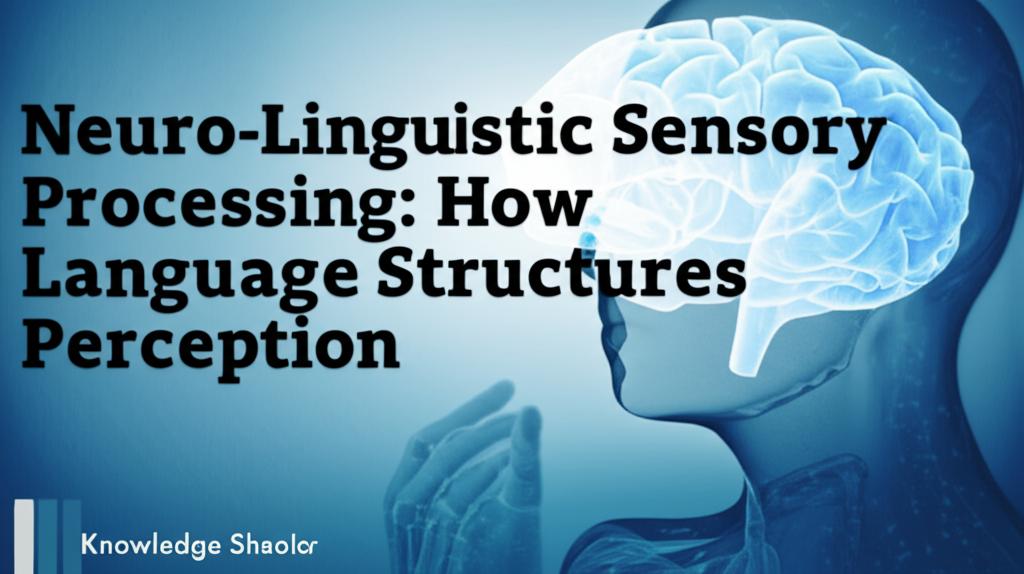Our understanding of the world is not a direct reflection of raw sensory data. Instead, it is a carefully constructed narrative, and language is a principal architect in this process. Neuro-linguistic sensory processing explores how the language we use shapes our perception of reality, influencing how we see, hear, taste, smell, and feel the world around us.
Recent insights reveal that language does more than just label our experiences; it actively molds them. The words we possess and the grammatical structures we use can direct our attention, highlight certain sensory inputs, and even influence our emotional responses to them.
Consider, for example, how different languages categorize colors or describe spatial relationships. These linguistic variations can lead to demonstrable differences in how speakers of those languages perceive and interact with their physical environment. Studies have shown that the vocabulary available in a language for senses like taste and smell can impact how easily individuals identify and describe these sensations. For instance, cultures with rich culinary traditions often have more nuanced vocabularies for flavors, potentially leading to a heightened sensory experience of food.
Neuroscience offers a window into the brain mechanisms at play. Brain imaging studies indicate that language processing areas are intricately connected with sensory cortices. When we encounter sensory information, our linguistic frameworks are activated, helping to interpret and categorize the incoming data. This interplay suggests that language acts as a kind of filter or lens, prioritizing certain sensory details and integrating them into a coherent perceptual experience.
Furthermore, the influence of language extends to our emotional perception. The words we use to label and understand emotions can shape how we experience and respond to them. Different languages may offer varying granularities for describing emotional states, potentially leading to cultural variations in emotional intelligence and expression. The way language frames an emotional event can alter our memory of it and our subsequent reactions.
The embodiment of language is another crucial aspect. How we physically interact with the world, including gestures and body language associated with speech, also contributes to our sensory perception. The way we articulate sounds and the motor movements involved in speech can even influence auditory perception.
In essence, language is not merely a tool for communication; it is a fundamental component of our perceptual machinery. It organizes incoming sensory stimuli, infuses them with meaning based on our learned concepts and cultural frameworks, and ultimately constructs the subjective reality we inhabit. Understanding this intricate relationship between language and sensory processing opens new avenues for appreciating the diversity of human experience and the profound impact of our linguistic frameworks on how we engage with the world.

